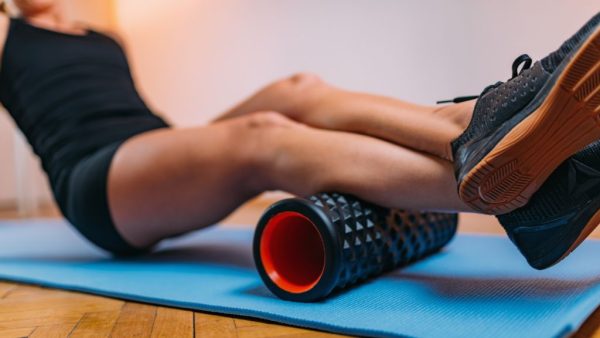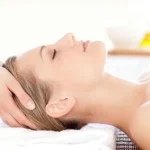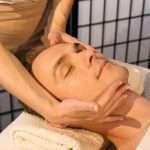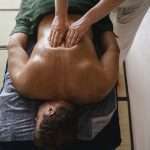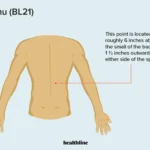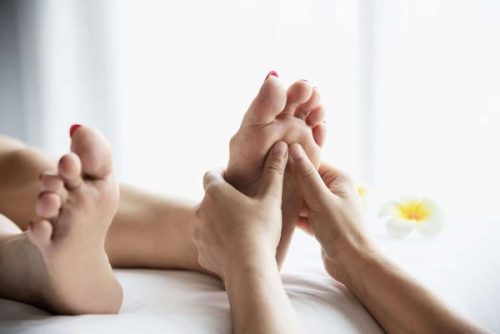If you’re an athlete, chances are you’ve had to deal with tight calf muscles at some point. Whether it’s from running long distances or simply from sitting too long, tight calf muscles can be a real pain. But there’s no need to suffer! A simple massage can help to relieve the pain and tension in your muscles. You can also use a massager for leg pain if you do not have time to massage yourself.
If you regularly massage your calf muscles, you’ll find that they stay loose and pain-free. So next time you’re dealing with tightness, don’t reach for the painkillers! Try a massage instead.
To begin, sit in a comfortable position and place your foot on the opposite thigh. Use your thumbs to massage the fleshiest part of the calf in a circular motion.
Then run your fingertips in long, sweeping motions from the top of the calf to the bottom.
Finish with a light stretch.
Why Do My Calves Feel Tense?
There are a few reasons why your calves might feel tense. Maybe you’ve been standing all day, or you’ve been working out a lot recently. Or, it could be a sign of a more serious problem, like a blood clot.
If you’ve been standing for a long time, your calves might feel tight and achy. This is because the muscles in your calves are constantly contracting to keep you upright. Over time, this can lead to muscle fatigue and tension.
If you’ve been working out a lot, your calves might also feel tight and sore. This is because when you exercise, your muscles go through a lot of stress and strain. This can lead to micro tears in the muscle tissue, which can cause inflammation and pain.
If you have a blood clot in your leg, your calf will feel hard and tight. This is because the clot is blocking the flow of blood to your calf. This can be a serious condition and you should see a doctor right away if you think you might have a blood clot.
In some cases, calf pain can be a sign of a more serious condition, like nerve damage or a muscle disorder. If your calf pain is severe, or if it’s accompanied by other symptoms, like weakness or numbness, you should see a doctor get it checked out.
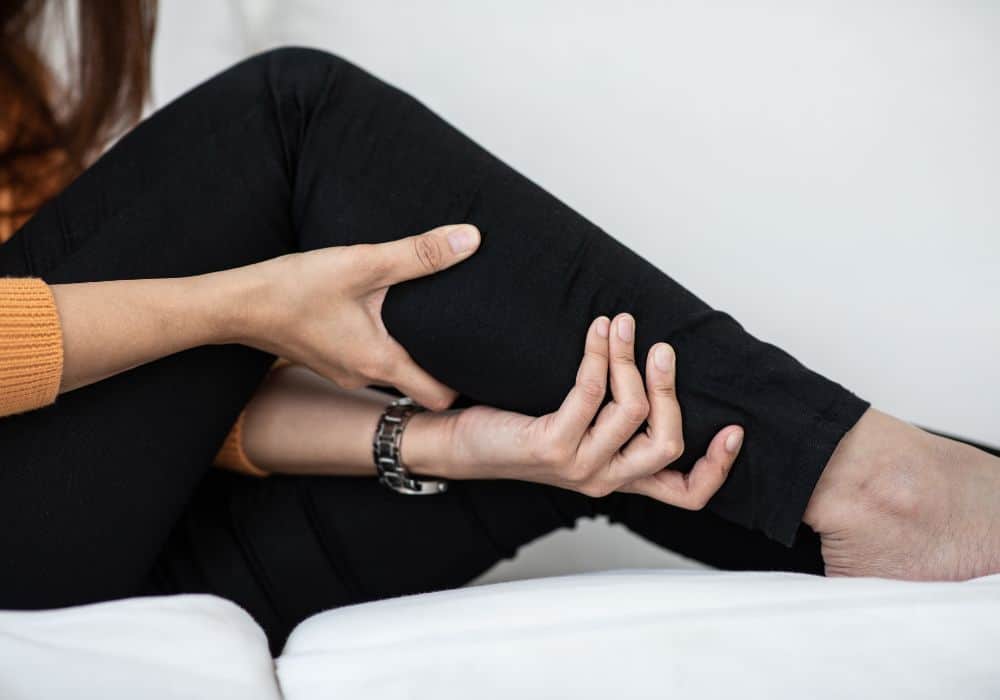
Which Is Better for Tight Calf Muscles: Ice or Heat?
If you have tight calf muscles, you may be wondering if ice or heat is best for treating them. There is no definitive answer, as both ice and heat can be effective. However, it is generally recommended to start with ice and then move on to heat if the ice is not providing relief.
Ice can help to reduce inflammation and pain in the calf muscles. It is also effective in numbing the area, which can provide some relief from the discomfort. Heat, on the other hand, can help to increase blood flow to the area and loosen the muscles.
If you are unsure which to use, you can always try both and see which provides the most relief. However, be sure to wrap ice in a towel or cloth before applying it to the skin, as direct contact can cause damage. And be sure not to apply heat for more than 20 minutes at a time.
How to Massage Tight Calf Muscles: Step by Step
If you’re dealing with tight calf muscles, there are a few things you can do to massage them and work out the knots. Here’s a step-by-step guide:
Step 1. Start by sitting on the floor with your legs extended in front of you
Place a tennis ball or similar object under one of your calf muscles.
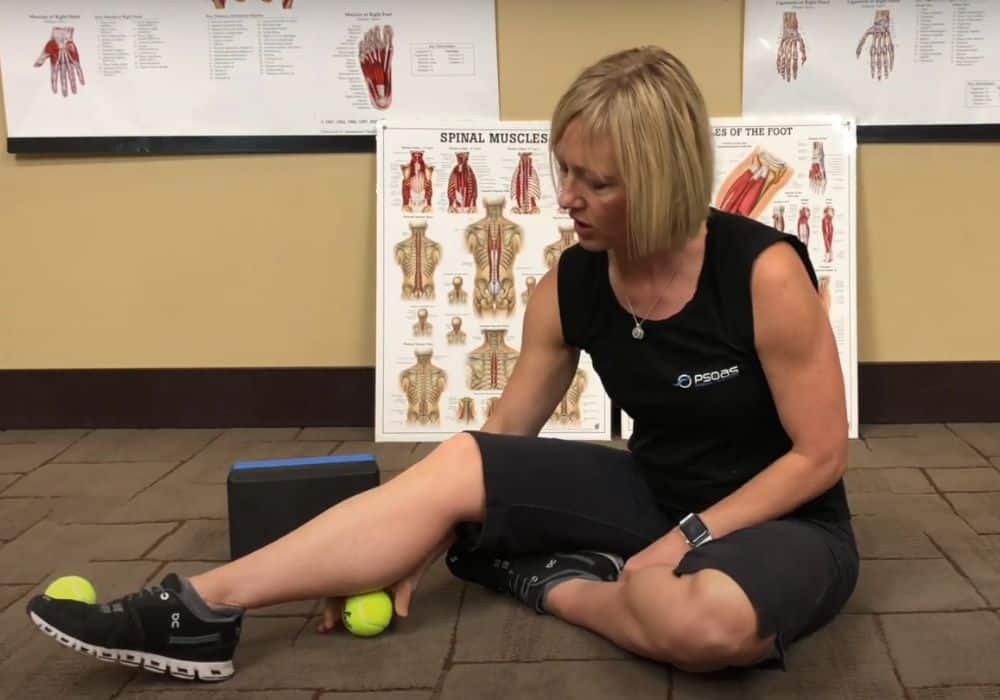
Step 2. Use your body weight
Use your body weight to apply pressure to the ball, rolling it back and forth until you find a sensitive spot.

Step 3. Hold the ball
Once you’ve found a tender spot, stop and hold the ball in place for 20-30 seconds.
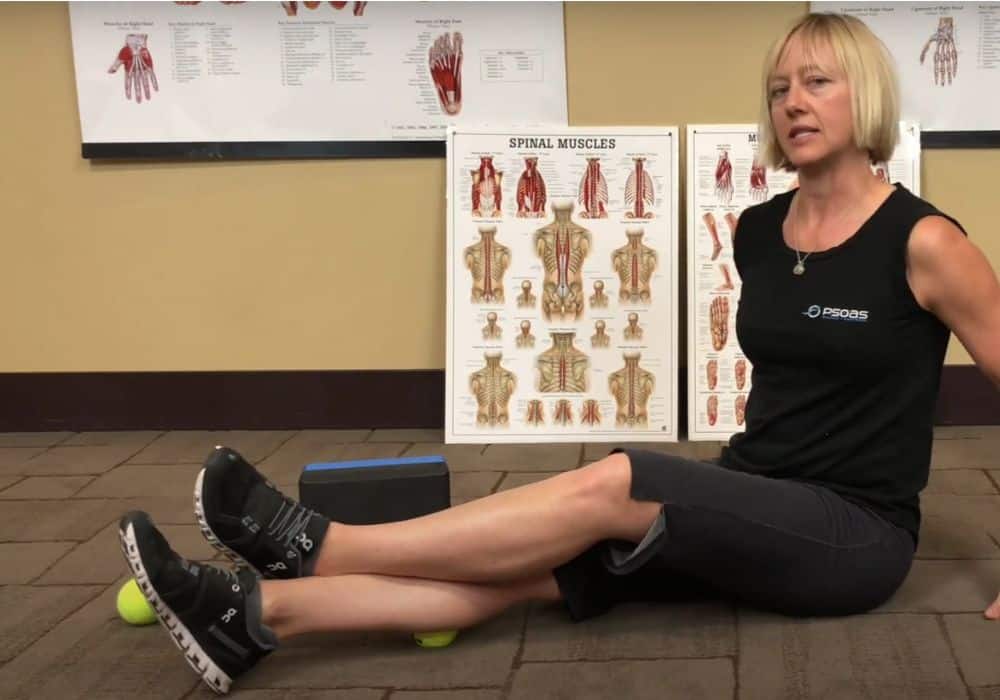
Step 4. Change the muscle
Repeat this process on the other calf muscle.
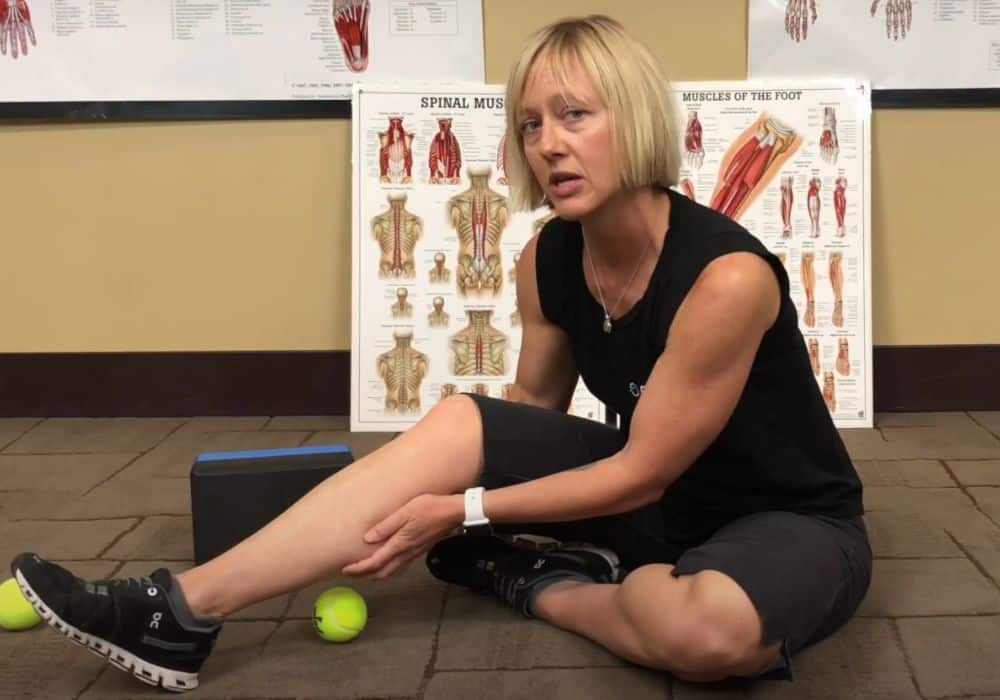
Step 5. Take the foam roller
If you have access to a foam roller, you can use it to massage for tight calf muscles as well. Simply roll the foam roller up and down the length of your calf muscles.
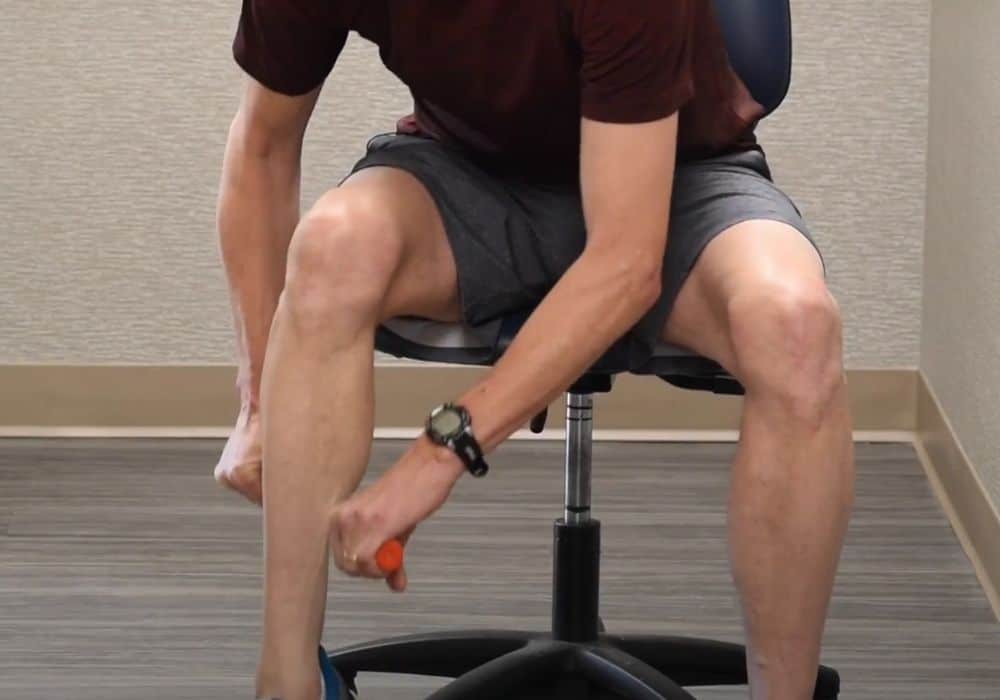
Step 6. Do the stretching
Finally, stretch your calf muscles by standing with your feet hip-width apart and your hands on a wall. Step one foot back and keep your heel on the ground as you lean into the wall. Hold for 30 seconds and repeat on the other side.
How Often to Massage
Many people experience tightness in their calf muscles, especially after exercise. Massaging calf muscles can help to reduce this tightness and improve your range of motion.
How often you should massage your calf muscles depends on the severity of the tightness. If you have mild tightness, you may only need to massage your calf muscles once or twice a week. If you have more severe tightness, you may need to massage your calf muscles several times a week.
Additional FAQ
Should you massage tight calves?
You should massage tight calves to help relieve tension and pain. Massage can help improve circulation and increase the range of motion.
How do you loosen tight calf muscles?
Gently stretch your calf muscles by holding onto a wall and bringing your heel toward your ankle. You should feel a stretch in your lower leg. Repeat this several times for each leg.
What causes extremely tight calves?
There are many possible causes of extremely tight calves, including overuse, dehydration, and muscular imbalances. Additionally, tight calves can be a symptom of more serious underlying conditions, such as peripheral artery disease or nerve entrapment.
Also read:
- Best Massage Gun For Sciatica: Review & Buying Guide
- Best Leg Massager for Runners: Review & Buying Guide
- Benefits of Leg Massage: Review
Conclusion
Massaging calf muscles tight is a great way to relieve tension and improve flexibility. Tight calf muscles can be caused by a number of things, including overuse, improper stretching, and muscle imbalances.
If you’re experiencing tight calf muscles, there are a few simple massage techniques that you can try.
📚References:
- Blood Clots – WebMD
- Muscular dystrophy – Mayo Clinic
- Here’s How to Choose Between Using Ice or Heat for Pain – Cleveland Clinic

